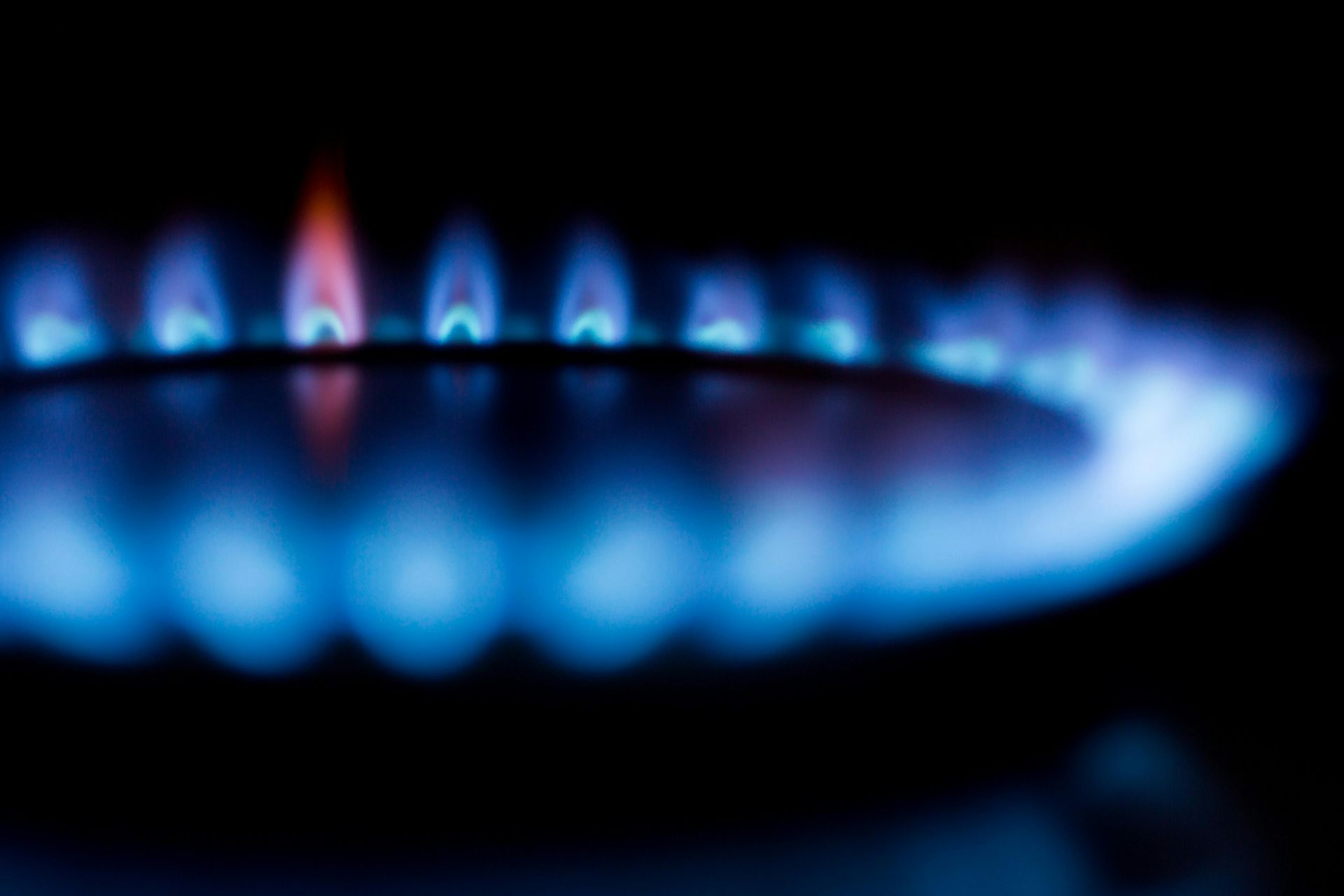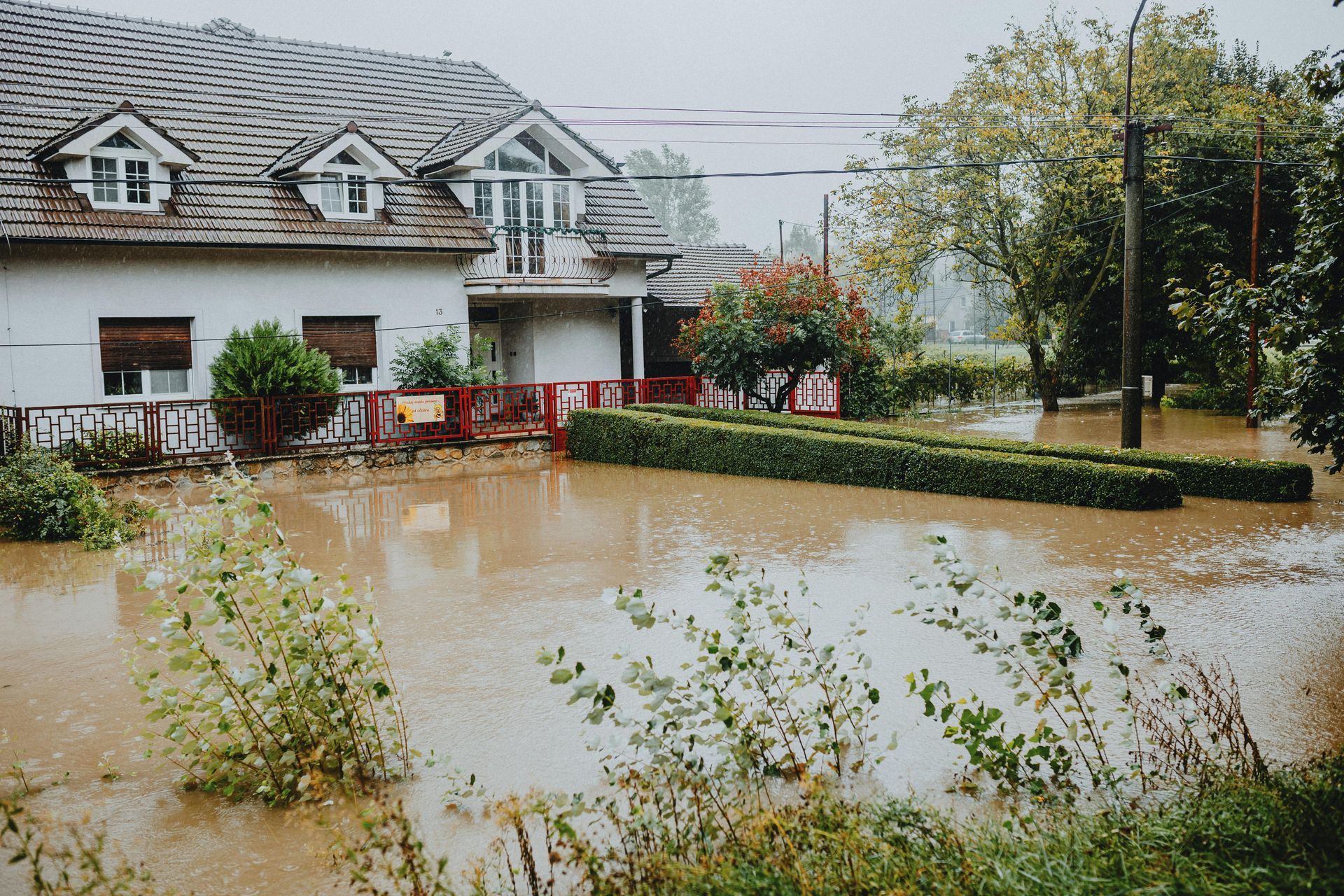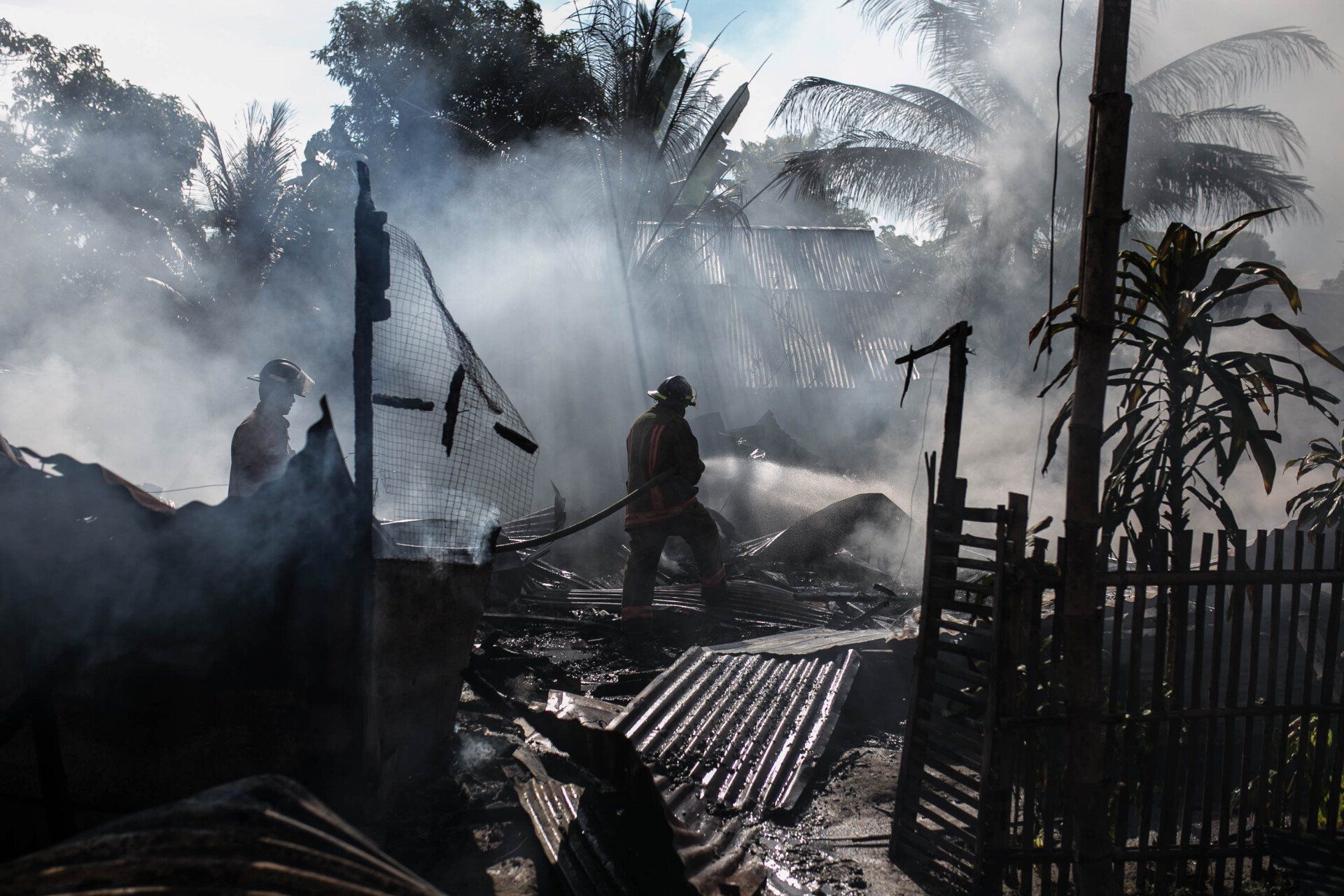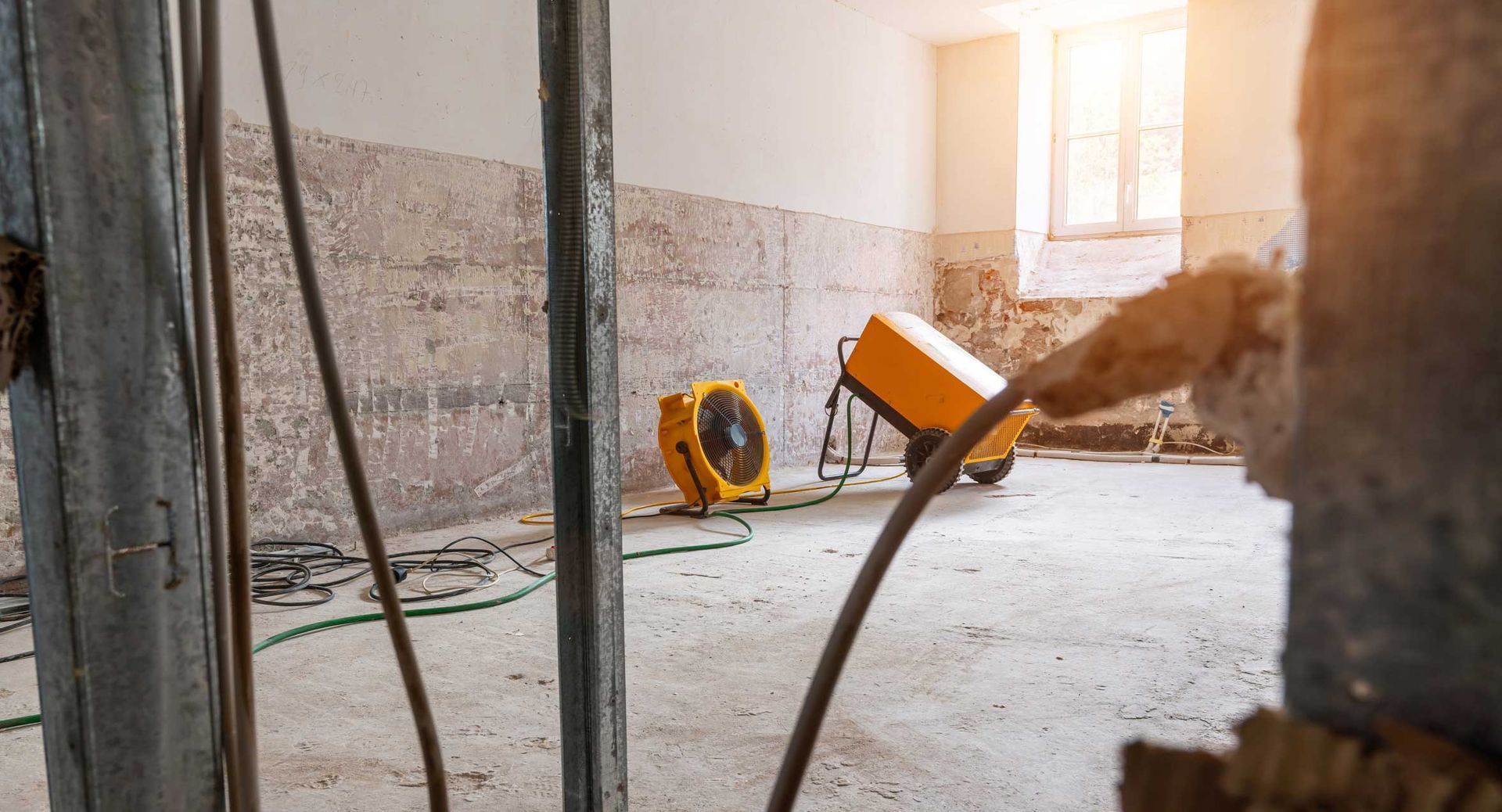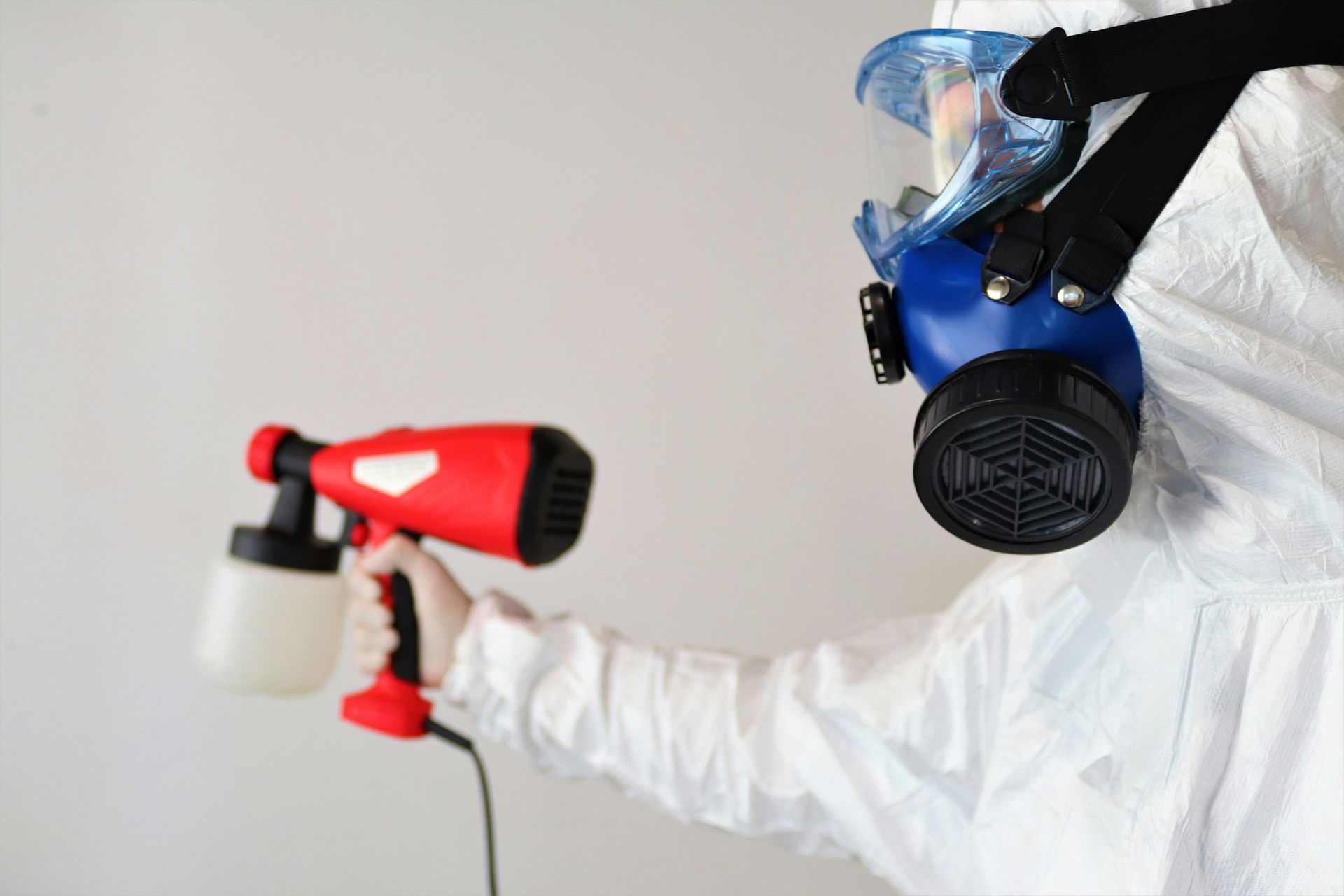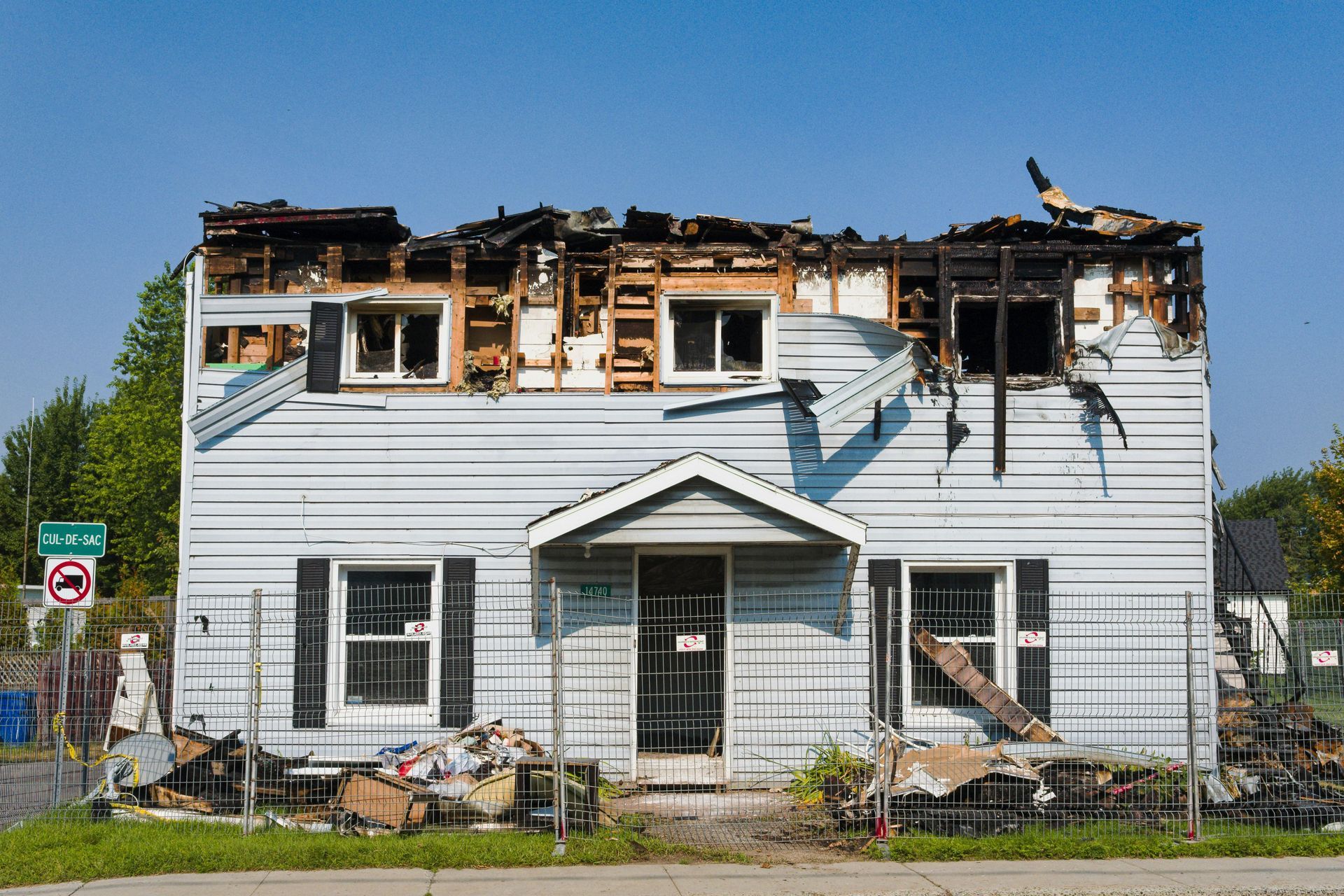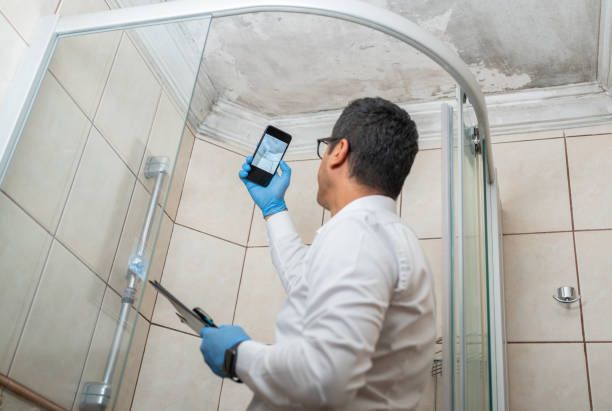How to Prevent Water Damage in Your Home
Effective Strategies to Prevent Water Damage in Your House

If not addressed promptly, water damage in homes can lead to extensive property loss and costly repairs. The importance of safeguarding your property from such damage cannot be overstated, as water-related issues can compromise structural integrity, spur mold growth, and result in significant financial burdens. This article aims to outline effective strategies to prevent water damage, encompassing both proactive measures homeowners can take and how prompt, professional restoration services play a crucial role in mitigating potential risks. Our discussion will encompass industry-specific practices, underlining our commitment to offering high-quality restoration solutions that ensure your home remains safe, dry, and secure.
Causes of Water Damage
Water damage, a pervasive issue within homes, can emanate from a multitude of sources, each carrying its potential for significant property damage. Leaking pipes, often hidden within walls or under floors, can silently wreak havoc on a home's structure, leading to costly repairs if not detected early. Similarly, faulty appliances, such as dishwashers or washing machines, can fail, discharging significant amounts of water and damaging surrounding areas. The HVAC system also poses a risk; condensation drains that are not regularly maintained can overflow, leading to water accumulation in undesirable locations.
Natural disasters, such as floods or hurricanes, represent a more formidable source of water damage, often overwhelming local resources and leaving homeowners grappling with extensive restoration efforts. Poor drainage around a home exacerbates this issue, as water may pool against the foundation, potentially breaching barriers and flooding basements. Lastly, roof leaks are a critical concern; compromised roofing materials allow water ingress, damaging ceilings, walls, and the contents within.
Understanding these causes and their potential impacts on a home underscores the importance of regular maintenance, along with prompt, professional assessment and intervention. Our approach leverages industry-specific knowledge, ensuring that every aspect of water damage, from detection to restoration, is handled with unparalleled precision and care, safeguarding your home against future incidents.
Signs of Water Damage
Identifying early signs of water damage is crucial for mitigating its adverse effects and preserving the integrity of your home. Here are common indicators homeowners should be vigilant about:
- Water Stains: These marks often appear as discolorations on ceilings or walls, signaling an accumulation of moisture. They can range from faint outlines to large patches, reflecting the severity and duration of water exposure.
- Mold Growth: An unmistakable sign, mold thrives in damp environments. Its presence, which can manifest through a variety of colors from black to green, not only signifies moisture intrusion but also poses health risks, underscoring the need for prompt remediation.
- Peeling Paint or Wallpaper: Excess moisture can compromise the adhesive properties that bond paint or wallpaper to surfaces, resulting in peeling or bubbling. Such deterioration often points to an underlying issue with water seepage.
- Unusual Odors: Musty smells, reminiscent of dampness and decay, are telltale signs of water damage. This odor originates from the growth of mold and mildew, indicating areas that are consistently moist.
- Pooling Water or Dampness: Visible water pooling or unexpected dampness on floors without an apparent source is a clear indicator of water damage. It suggests leaks or condensation issues within the property.
- Increased Water Bills: An unexplained surge in water usage can hint at hidden leaks. Regular monitoring of water bills could help identify anomalies, prompting a more detailed inspection of your plumbing system.
Armed with this knowledge, homeowners can detect early warning signs of water damage and take swift action to address these issues. Early intervention is key to preventing the escalation of damage and preserving both the structural integrity and aesthetic appeal of your home. It's a testament to our commitment to delivering comprehensive restoration services tailored to safeguarding your property against the detrimental effects of water damage.
Water Damage Prevention Tips
Preventative measures against water damage are not just advisable; they are paramount in maintaining the longevity and safety of your property. Proactive engagement in safeguarding your home can avert the costly and stressful aftermath of water-related incidents. By adopting strategic precautions, homeowners can significantly minimize the risk of enduring the unnecessary financial and emotional toll associated with extensive water damage restoration processes. This forward-thinking approach not only preserves the structural integrity of your residence but also ensures a secure and healthy living environment for you and your family.
Water-Resistant Materials and Construction Techniques
Implementing water-resistant materials and construction techniques is essential in the architecture of any resilient property, serving as a foundational defense against water intrusion. Among the spectrum of materials, concrete composite, and water-resistant plywood are paramount, offering robust resistance to moisture penetration. Concrete, revered for its durability, serves as an excellent barrier against water, especially in foundations and basements. Water-resistant plywood, often utilized in roofing and flooring, provides an additional layer of protection, mitigating the risk of water damage from leaks or flooding.
Equally critical are innovative construction techniques, including elevated structures and sloped landscaping, designed to divert water away from the property. Elevated foundations prevent water accumulation by raising the structure above flood levels, a vital consideration in flood-prone areas. Similarly, strategic sloped landscaping ensures rainwater flows away from the building, safeguarding the foundation from potential water damage.
Incorporating such materials and methodologies not only fortifies a property against the perils of water intrusion but also exemplifies our commitment to offering restoration solutions that prioritize longevity and safety. Through the adept selection of water-resistant materials and the application of strategic construction designs, homeowners can significantly diminish the threat of water damage, preserving the sanctity and integrity of their living spaces.
Proper Drainage and Landscaping
The significance of implementing effective drainage and meticulous landscaping cannot be overstated in the realm of safeguarding properties from water damage. Proper drainage systems serve as a vital defensive line, channeling water away from the foundation, thereby mitigating the risk of structural damage and the proliferation of mold. Homeowners can employ several strategic measures to ensure optimal drainage around their homes. First, maintaining clean and functional gutters is paramount. Gutters clogged with debris can lead to water overflow, adversely affecting the foundation. Installing downspouts that direct water at least 5 feet away from the home's foundation is another critical measure. Downspouts can significantly prevent water accumulation around the base of a property. Furthermore, the strategic use of sloped landscaping facilitates the natural flow of water away from the property, further reinforcing the defense against moisture intrusion. It's also advisable to incorporate landscaping elements, such as rocks and plants, that aid in absorbing excess water, enhancing the overall efficacy of your property's water management system. Through these practices, homeowners can significantly fortify their homes against the detrimental effects of water damage, ensuring the longevity and safety of their cherished living spaces.
Appliance and Plumbing Maintenance
Regular maintenance of appliances and plumbing systems is a crucial preventative measure against water damage, epitomizing our unwavering commitment to safeguarding your property. By adhering to the following protocols, homeowners can significantly reduce the likelihood of such damages:
- Routine Inspection for Leaks: Regularly inspect plumbing fixtures, appliances, and water connectors for any signs of leakage. Early detection plays a pivotal role in preventing minor leaks from escalating into substantial issues.
- Installation of Water Detection Devices: Equip your home with water detection devices near appliances and plumbing fixtures prone to leaks. These innovative tools offer real-time alerts, allowing for immediate action against potential water damage.
- Annual Plumbing Examination: Engage professional services for an annual inspection of your plumbing system. This comprehensive evaluation identifies vulnerabilities, ensuring the integrity of pipes and connections.
- Regular Appliance Maintenance: Ensure that appliances such as washing machines, dishwashers, and water heaters are on a maintenance schedule. Proper upkeep reduces the risk of malfunction and subsequent water leakage.
- Water Pressure Assessment: Periodically checking your home's water pressure can prevent pipe damage. Utilize pressure gauges to ensure the pressure is within a safe range, averting undue stress on plumbing infrastructure.
- Drain Cleaning: Maintain clear and functional drains. Regular cleaning prevents blockages, reducing the risk of overflows and associated water damage.
Inspecting Your Home Regularly
The paramount importance of regular home inspections in the preemptive detection and deterrence of water damage cannot be overstated. This vigilant approach underlines our dedication to upholding the safety and integrity of your residential spaces. A meticulous examination of key areas acts as a bulwark against the stealthy encroachment of moisture, ensuring the longevity and well-being of your edifice. The following checklist serves as a comprehensive guide for homeowners:
- Roof Analysis: Inspect for damaged, loose, or missing shingles that could permit water entry, paying attention to the condition of flashing and gutters.
- Basement Scrutiny: Look for any signs of water infiltration or dampness, which might indicate exterior water issues or internal plumbing leaks.
- Attic Inspection: Check for water stains, mold, or damage to the roof's interior structure, which are indicative of leaks.
- Exterior Survey: Examine the siding, windows, and doorways for deterioration or gaps that could lead to moisture penetration.
- Foundation Check: Identify any cracks or signs of moisture seepage that compromise your home's structural integrity.
- Plumbing Audit: Regular assessment of pipes, faucets, and under-sink areas to catch leaks early.
Adhering to this regimen of inspection not only fortifies your domicile against the subtle advances of water damage but also exemplifies our commitment to delivering premier restoration solutions designed to protect and preserve.
Seasonal Maintenance
The susceptibility of properties to water damage significantly escalates during the rainy and winter seasons, underscoring the need for vigilant, season-specific maintenance. The rainy season, characterized by prolonged periods of heavy rainfall, poses a heightened risk of foundation erosion and basement flooding, necessitating thorough gutter cleaning and inspection of drainage systems to ensure unimpeded water flow away from the property. Conversely, the winter season, with its freezing temperatures, can lead to pipe bursts as water within expands upon freezing, an issue preventable through the insulation of pipes and maintaining a steady indoor temperature to prevent freezing. Additionally, the inspection of roofing before the onset of heavy snowfall is crucial to identify and rectify potential vulnerabilities that could lead to leaks or structural compromise under the weight of accumulated snow and ice. By adopting these season-specific preventative measures, homeowners can significantly mitigate the risks posed by the climatic conditions inherent to the rainy and winter seasons, safeguarding their homes against the perils of water damage.
When to Seek Professional Help
There are distinct scenarios when the intervention of professional restoration services, such as those provided by Northeastern Restoration, becomes not just advisable but imperative. Severe leaks, extensive flooding, or ambiguous origins of water damage are cases where the depth of expertise, advanced equipment, and comprehensive assessments offered by professionals are invaluable. These professionals possess the acumen to discern the extent of water damage, employing industry-specific techniques and tools to accurately diagnose and resolve the issue. The utilization of advanced equipment allows for the meticulous removal of water and moisture, a critical step in preventing mold growth and further structural damage. Furthermore, the expertise of a professional team ensures a detailed inspection beyond the immediate visible damage, thus identifying potential vulnerabilities and fortifying the property against future water-related incidents. Services rendered by Northeastern Restoration encompass a spectrum from initial detection to complete restoration, embodying a commitment to restoring not just the physical structure but also the sense of security and well-being of the residents. Leveraging professional services ensures a comprehensive approach to water damage prevention, characterized by precision, reliability, and a profound understanding of the intricacies involved in water damage restoration.
Safeguarding Your Home Against Water Damage
At Northeastern Restoration, we understand the criticality of a swift and effective response to water damage. Leveraging our profound industry expertise and cutting-edge technology, we offer comprehensive solutions designed to mitigate damage and restore your property to its pristine condition. Our team of professionals is dedicated to providing top-tier service, emphasizing reliability and precision in every task undertaken. Don't wait for water damage to escalate; proactive measures can save you time, money, and stress. Contact us today for a consultation, and take the first step towards protecting your home with the gold standard in restoration services. Your peace of mind is our priority.
